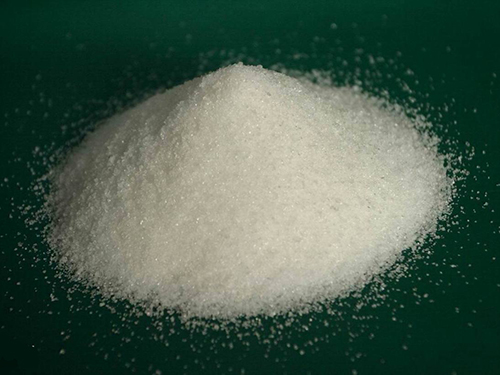Exploring the Benefits and Applications of Zinc HEDP in Water Treatment Processes and Industry
The Significance of Zinc HEDP in Modern Applications
Zinc HEDP, or Zinc Hydroxyethylidene Diphosphonic acid, has garnered attention in various industries due to its multifunctional properties and effectiveness as a chelating agent. This compound has proven to be particularly valuable in water treatment, agricultural applications, and industrial processes. In this article, we will explore the characteristics, benefits, and applications of Zinc HEDP, highlighting its significance in modern chemical practices.
Chemical Properties and Structure
Zinc HEDP is synthesized through the reaction of zinc salts and HEDP. The chemical structure consists of a phosphonic acid group that allows it to interact effectively with metal ions, such as zinc. This chelation forms stable complexes, preventing the precipitation of unwanted materials and aiding in the solubility of metal compounds. The pH stability and resistance to hydrolysis under various environmental conditions further enhance its utility in different applications.
Water Treatment
One of the primary applications of Zinc HEDP is in the water treatment industry. It acts as an efficient scale inhibitor, preventing the formation of scale deposits in cooling towers, boilers, and pipelines. The presence of dissolved salts, particularly calcium and magnesium, can lead to scale formation, impacting the efficiency and longevity of industrial equipment. By employing Zinc HEDP, companies can significantly reduce maintenance costs and downtime, as well as improve energy efficiency in systems that rely on the optimal flow of water.
Additionally, Zinc HEDP exhibits bactericidal properties, making it effective in controlling microbial growth in water systems. It aids in the maintenance of clean water, promoting the health and safety standards required in industrial operations.
zn hedp 锌hedp

Agricultural Applications
In agriculture, Zinc HEDP plays a crucial role as a micronutrient supplement. Zinc is an essential element for plant growth, influencing various physiological processes such as enzyme function and photosynthesis. However, the availability of zinc in soil can often be limited, resulting in zinc-deficiency symptoms in crops. By applying Zinc HEDP, farmers can supply bioavailable zinc directly to plants, promoting better growth and yield. This use is particularly significant in regions with zinc-deficient soils, contributing to enhanced food security and sustainable agricultural practices.
Moreover, the chelating nature of HEDP ensures that zinc remains soluble and accessible to plants, minimizing the risk of leaching or fixation in soil. This targeted application not only fosters healthier crops but also reduces the potential for environmental contamination associated with excessive fertilizer use.
Industrial Processes
Zinc HEDP is also employed in various industrial processes, particularly in metal finishing and the manufacturing of ceramics. Its chelating properties aid in controlling metal ion concentrations, thereby enhancing the quality and consistency of products. In metal finishing, for instance, Zinc HEDP helps in reducing oxidation and improving corrosion resistance of metal surfaces.
Conclusion
In summary, Zinc HEDP stands out as a versatile and effective compound with a wide range of applications across multiple industries. From improving efficiency in water treatment systems and enhancing agricultural productivity to contributing to industrial quality control, the importance of Zinc HEDP cannot be overstated. As industries continue to seek sustainable and efficient solutions, the role of chelating agents like Zinc HEDP will undoubtedly expand, paving the way for innovations that support both economic growth and environmental stewardship.
-
The Power of Isothiazolinones in Modern ApplicationsNewsMay.08,2025
-
Flocculants in Water TreatmentNewsMay.08,2025
-
Flocculants and Chemical Solutions: What You Need to KnowNewsMay.08,2025
-
Flocculants and Chemical Solutions: A Growing IndustryNewsMay.08,2025
-
Essential Chemicals: Polymaleic Anhydride and MoreNewsMay.08,2025
-
Acrylic Polymers: Essential Solutions for IndustryNewsMay.08,2025





